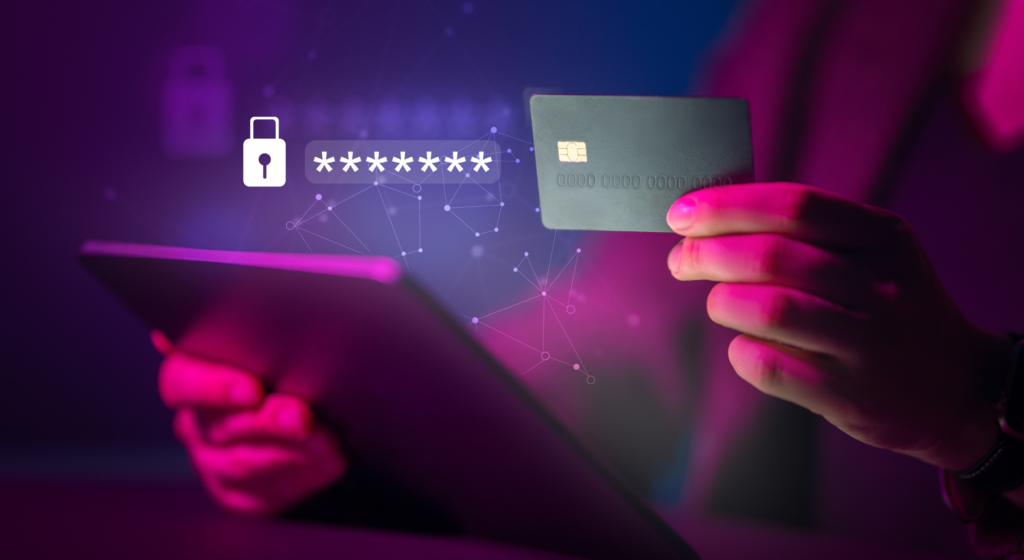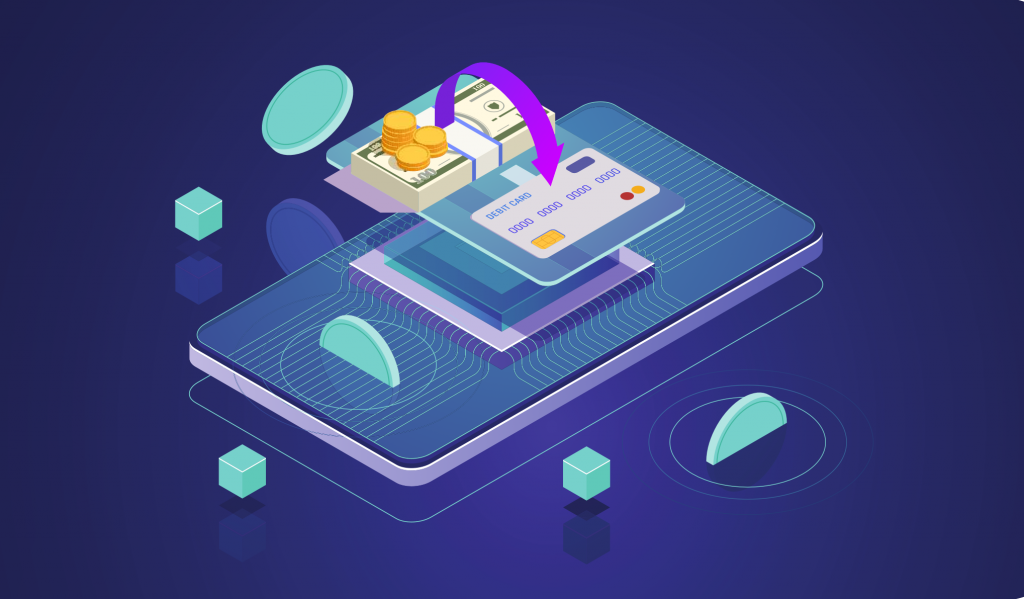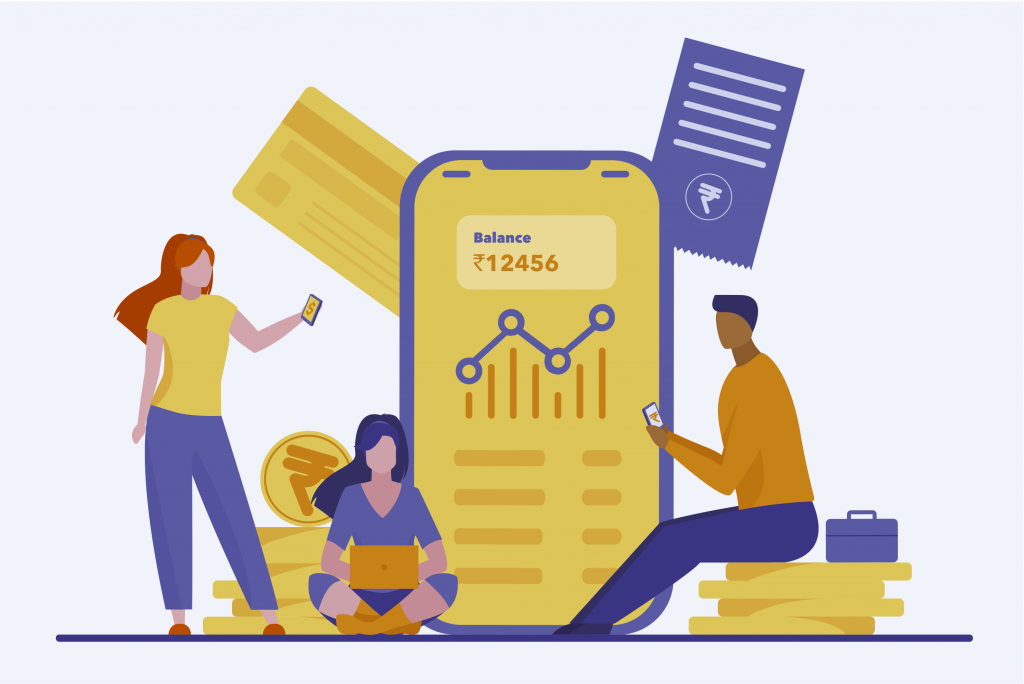The Future of Credit Card Transactions in India: Embracing the Contactless Revolution

Home / Blogs Table of contents The Benefits of Contactless Payments The Future Outlook Conclusion As India advances in its digital transformation journey, the payments landscape is rapidly evolving. Over the past decade, driven by smartphones and government initiatives like Digital India, the financial ecosystem has seen significant shifts. One of the most notable changes […]
Data Privacy in Fintech: Balancing Innovation with Consumer Protection in the Indian Market

Home / Blogs Table of contents The Significance of Data Privacy in Indian Fintech Challenges in Prioritising Data Privacy While Fostering Innovation Strategies for Prioritising Data Privacy at CARD91 The Role of Government and Regulatory Bodies Conclusion In a world that has moved to the internet and the mobile, data privacy is paramount. This is […]
Unlocking the Power of Reward Loyalty Programs in Credit Cards: Enhancing Value-added Services

Home / Blogs Table of contents Introduction Differential Rewards Points Closed Loop EMI Program Meta Data Engine Card Holder Defined Actions In Conclusion In today’s fast-paced world, credit cards have become an integral part of our financial landscape. They offer convenience, security, and flexibility, making transactions seamless both online and offline. However, credit cards […]
What’s the Next Step in the Payment Industry for addressing Security Concerns?

Card industry has seen steady growth in the last two decades from EMV chip card (use a smart microchip to store data instead of mag stripe) payments to contactless payments, but security remains a big challenge for the industry. These concerns have led to innovations towards more reliable and secure technologies such as biometric card […]
Neobanks – A ‘Neo’ Face to Banking

Since the evolution of the human race, Finance, Economics and Banking have significantly developed. From quasi banks and grain loans of Babylonia to the establishment of modern banks – humankind has thrived in the progress of the banking sector. However, the question here is, has the banking sector progressed since the 19th Century? Of course, […]
Neobanks – Decoding everything about them!

Recently, the word Neobanks have been thrown around quite often. This may have left you wondering many things such as; Why a neobank? Are they real banks? Where is its place in the future? In this article, we have made an attempt to address everything that we think you should know about neobanks. For those […]



